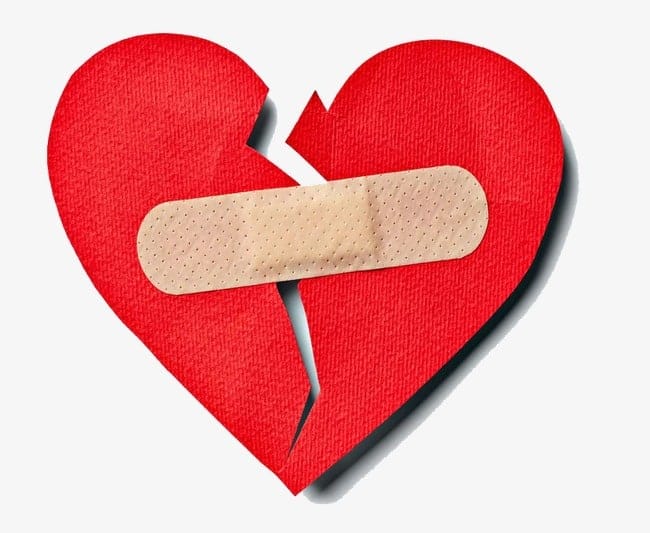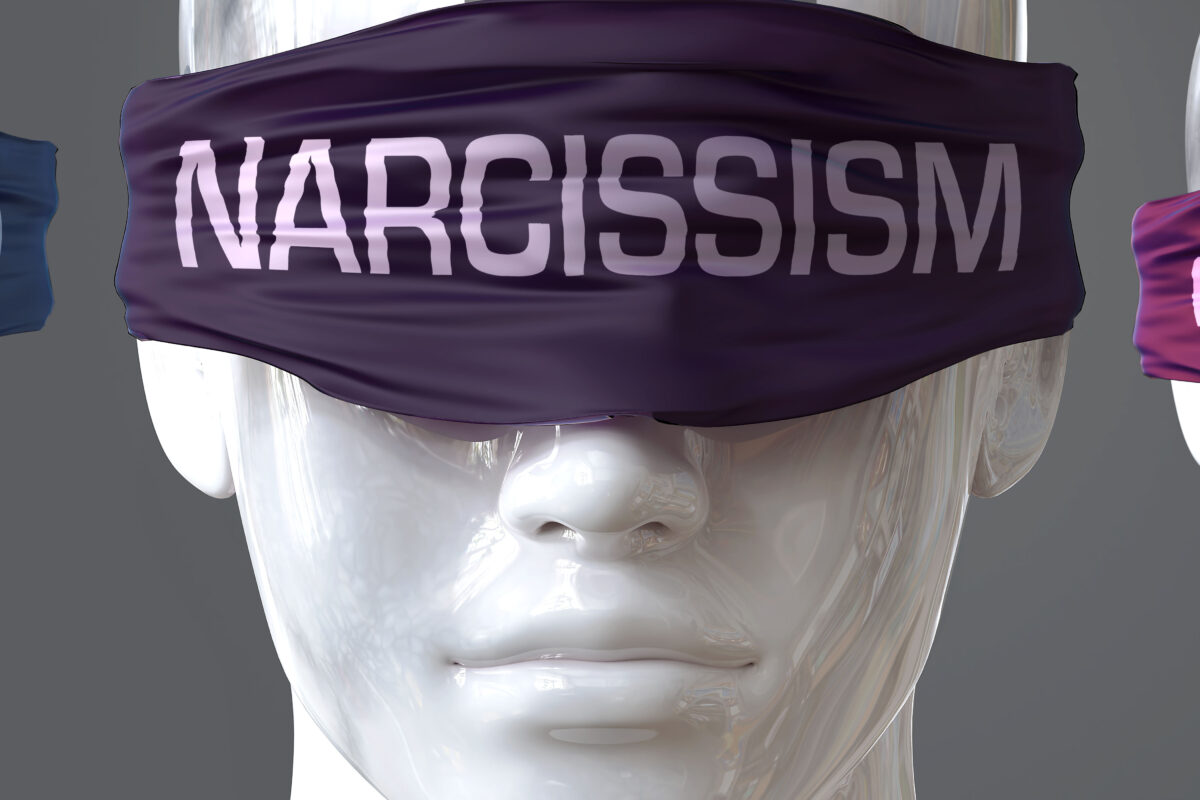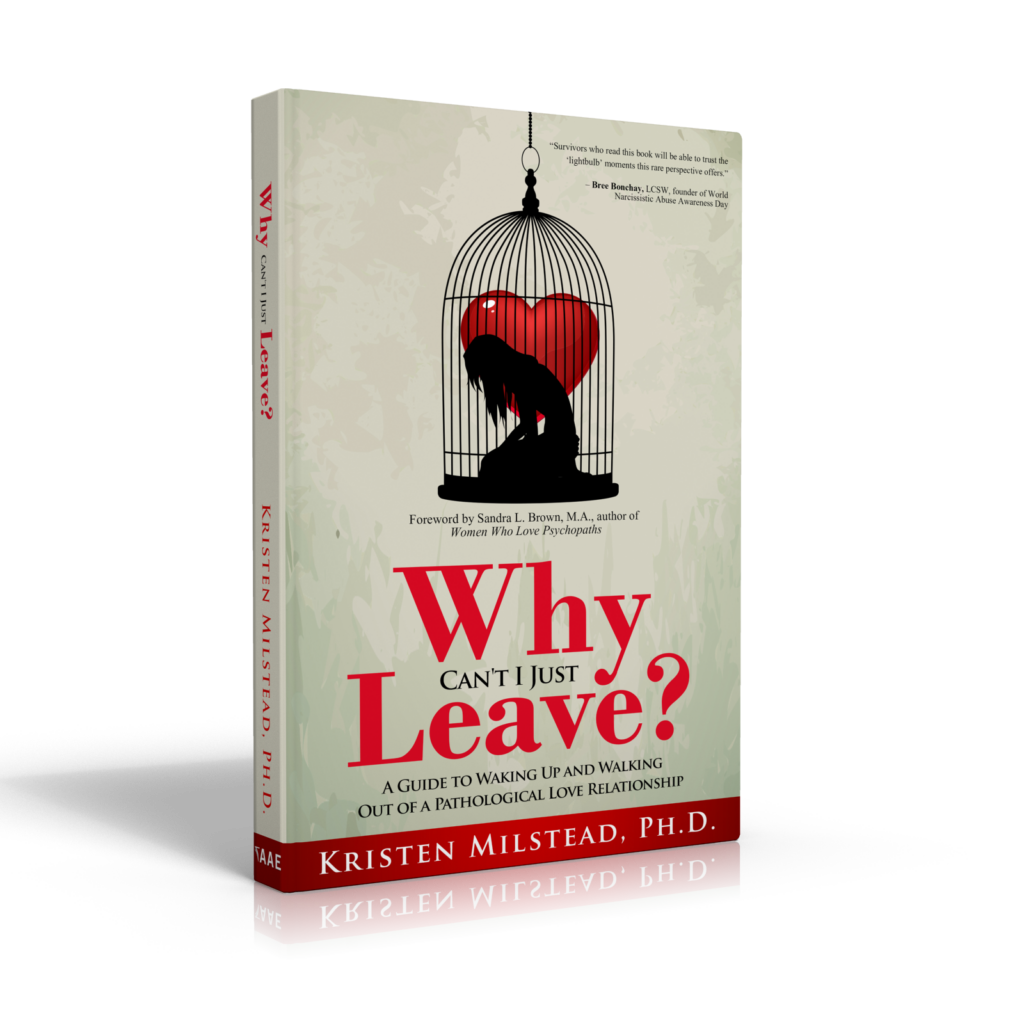Elinor Greenberg, a psychologist who specializes in Narcissistic Personality Disorder and has a strong understanding of what motivates narcissists, wrote a very good article on recovering from narcissistic abuse recently. In it, she describes an exercise that survivors of narcissistic abuse can take to start healing from it.
The main premise behind the exercise is that we must stop isolating the good times and our positive view of the narcissist from the abuse that occurred. This has been my view all along, as well. We cannot merely go no-contact–that’s only half the battle of recovery; we must also stop romanticizing the narcissist who was in our lives.
I was really excited about her article because it offers very practical doable steps for doing this that dovetail very well with some of the exercises I have suggested.
Given how beneficial this realization was for me in my own recovery, I wanted to highlight her article in case it could help others. It does an excellent job of explaining why the exercises are so effective and how to break them down even further to make them more beneficial.
Greenberg’s Exercise for Healing From Narcissistic Abuse*
Step 1
“Write down all your beliefs about your relationship with your Narcissistic ex that interfere with you moving on and looking for someone new to love.”
In this step, the survivor should list all of the things that keep him or her from moving past the relationship because they leave some lingering doubt, anxiety, shame or regret on our parts about what happened.
I call them “myths.” We develop these beliefs, at least in part, because the narcissist either explicitly stated these things (e.g., “No one will ever love you like the narcissist does”) or because we implicitly began to believe them because of the abusive cycle of the relationship (e.g., “If I would have just done what he said and stopped asking so many questions, things could have gone back to the way they were at the beginning”).
The idea is that these are emotion-based beliefs that are not infused with the understanding of what else we know of the relationship and the narcissist. But the remaining steps help explain why we still have them even after the relationship ends and how to change them.
Step 2
“Ask yourself: Who in my childhood always blamed me when something went wrong?”
This step is about examining a specific weakness in ourselves that the narcissist may have found a way to exploit. Greenberg says that many of the people who have been victims of narcissistic abuse that she has counseled were excessively blamed inappropriately as children by a parent when things went wrong.
For example, in my particular situation, I was raised that love and approval were conditionally given upon the appearance of my being “perfect.” Since no one can ever be perfect, I, of course, never arrived and yet I was always striving to do and not do things that would move me past the goal posts.
Part of what was behind my own self-blame and regret regarding my relationship with my ex were my feelings of failure at “losing” the intense love that had been shown to me at the beginning of the relationship during the idealization stage, and the nagging sense that if I had just done the right combination of things in the right way, things would have turned out differently.
Logically, however, this is ridiculous when piecing together all the facts. His behavior was abusive regardless of what I did– it was as if my behavior had no effect at all. The fact that he had been leading deceptive multiple lives from the very beginning of the relationship is enough (and just one of many reasons) that should show me that my own actions could not have had any effect in his acting in a truly loving and respectful manner toward me. I had to recognize this to stop taking the blame for the way things turned out.
The purpose of going through this particular step is to be able to realize that we may be applying a learned pattern to the relationship. Just because we have these thoughts that we should blame ourselves and that we have a special connection with the narcissist that we could try to get back if we could just be given one more chance doesn’t make them true; rather, they could be a habitual way we have come to view toxic relationships based on our past experiences.
Just as those views of the narcissist have been dreamed up by our own minds because of the circumstances– they can be dismantled by our minds as well and replaced with the more realistic version of events.
Step 3
Ask yourself: What do I get out of protecting my abusive ex and blaming myself instead?
This is the most difficult of the steps, in my opinion. It forces us to confront difficult truths that we may not want to face.
If we are no longer in contact with the narcissist, at this point, although our own minds were turned against us by actions that the narcissist took, it is up to us to take control back and integrate all of what we know about the narcissist rather than preserving that positive image that the narcissist used in order to abuse us.
In this step, we have to ask ourselves what we get out of holding onto that positive view. This can be painful because it may require us to dispel ideas that will cause us to grieve if they are lost, or it may involve restructuring the way we think about an important aspect of ourselves or the world.
For instance, I had to come to terms with the fact that there are some things I had no control over– no matter how much I loved my ex or what I did, nothing was ever going to change.
Accepting that he was disordered and abusive made me personally feel bad about myself, because it made me feel like I had to settle into the label of becoming a victim or as if there was something wrong with me for having chosen him. These were new false beliefs I had to work through by understanding the nature of narcissistic abuse.
I also had to accept that my view of human nature was not as I thought it was. This was a hard lesson to learn. I could not fathom that there were people who are willing to hurt others to benefit themselves and would not feel bad about it and had to reconcile what that means for how I could interact with the world without changing who I am going forward.
The idea behind this step, however, is to be honest with oneself about what images, thoughts, feelings or ideas of ourselves we are trying not to lose by recognizing that holding onto them is actually hurting us.
Step 4
“Write down a true statement next to each belief in [Step] 1. Make sure it is what your mind tells you is true (even though your heart does not want to believe it).”
With a clearer picture of how and why we tend to take on more blame than we should and why we hold onto the positive beliefs, it should be easier now to confront the truths we might not have wanted to face before, even though, as Greenberg notes, we may not want to at first.
Now, the final step is to re-write the beliefs, or myths, from step #1 so that they are more balanced and reflect the reality of the fully integrated view of the narcissist.
So, returning to the examples from Step #1:
- Instead of, “No one will ever love me like the narcissist does,” the new belief becomes something to the effect of, “I deserve to be loved by someone who will not turn around and devalue me, and most men/women don’t treat their partners that way.”
- Instead of, “If I would have just done what he said and stopped asking so many questions, things could have gone back to the way they were at the beginning”, the new belief can be rewritten to say, “The narcissist was always abusive in various ways from the very beginning and there was nothing I could have done differently; in addition, even if I had never done this, s/he would have found fault with something else I did.”
Step 5
Although Greenberg doesn’t suggest this as a separate step, I would actually characterize it as one:
Read the new beliefs that you wrote in Step #4 as often as you can, and especially every time you miss the narcissist, begin to blame yourself, or have doubts that the relationship was as bad as you thought it was.
I would even go as far as to suggest that if you begin to ruminate on the positive thoughts again and reading no longer helps, get out a sheet of paper and re-write your new belief, even re-phrasing it in a different manner if you need to. The best way to learn something is to write it down. What you are doing is teaching yourself a new way of viewing things and by writing it, you are forcing yourself to have to slow down and say each word in your mind, rather than just skimming over it with your eyes because you have become accustomed to the sentences and you already know what they say.
* * * * *
There may be a part of you that is resistant to doing an exercise like this one. This may especially happen in Step #3.
This is because it requires us to change.
We have probably been trying not to change.
The thing we must recognize, however, we have changed already. During the relationship, interactions with the narcissist conditioned us to accept things we wouldn’t normally accept and behave in ways we wouldn’t normally behave.
Now that he or she is no longer in our lives, we can never go back to the way things once were. And yet this is not a bad thing– but we do not need or want the narcissist to control us anymore.
The only way to ever have the positive future that awaits us with our new, and improved (and yes, changed) version of ourselves, is to let go of the narcissist and his or her twisted version of events.
*NOTE: I developed a toolkit to help other survivors recover with some specific ideas and exercises. Chapter 8 contains an exercise very similar to this one, where it lists many of the “myths” we come to hold due to being in relationships with narcissists, and provides space to write down a realistic challenge to the myth. This is Steps #1 and 4. Greenberg’s exercise provides some excellent intermediary steps to help you write the challenge to those myths if you are struggling. If you’d like to get a copy of the toolkit, please go here.
Read Greenberg’s article here: https://www.psychologytoday.com/us/blog/understanding-narcissism/201807/how-do-i-heal-narcissistic-abuse





